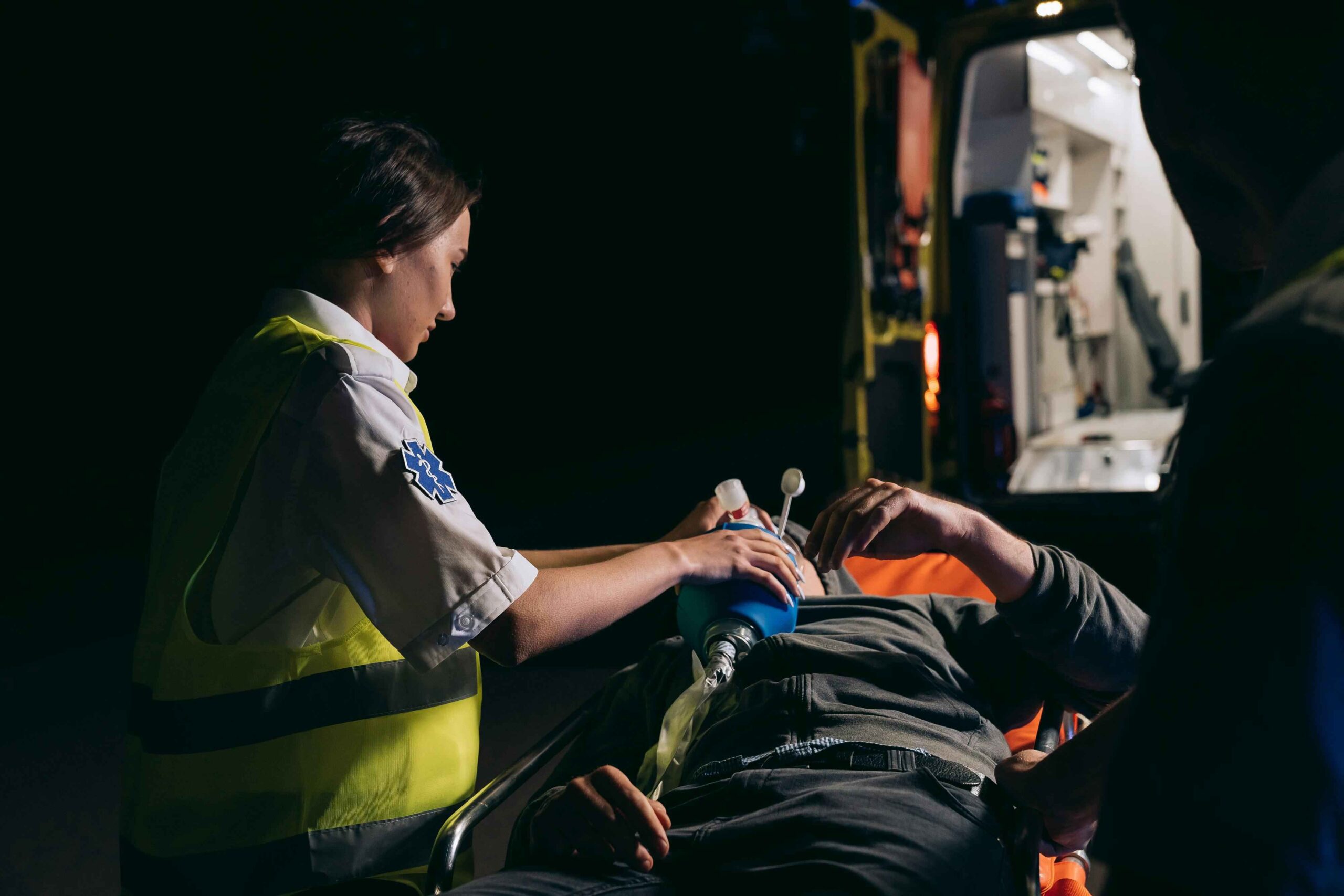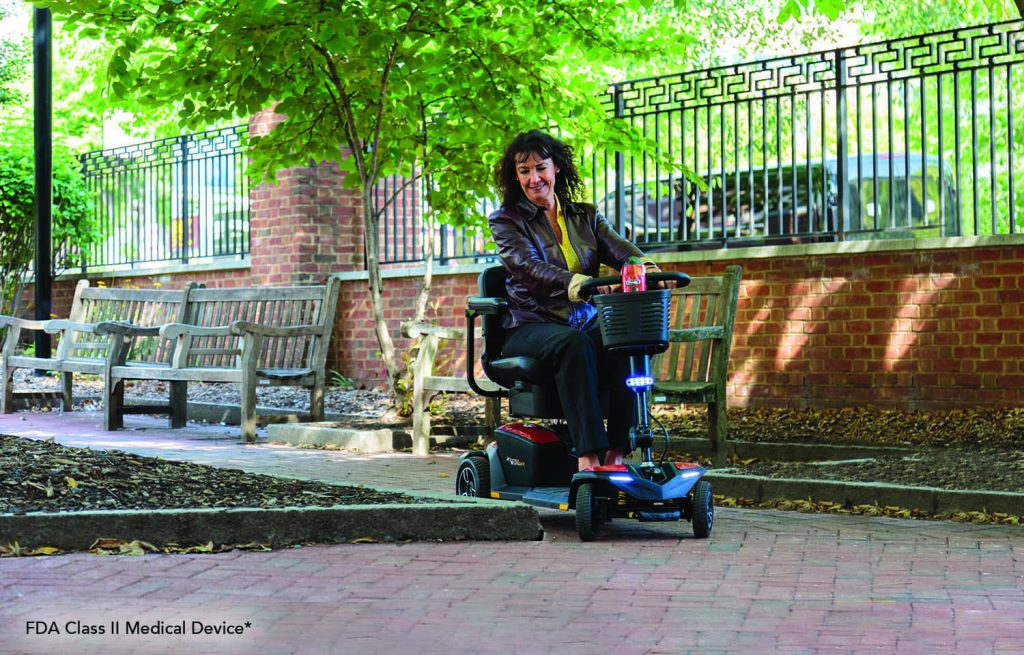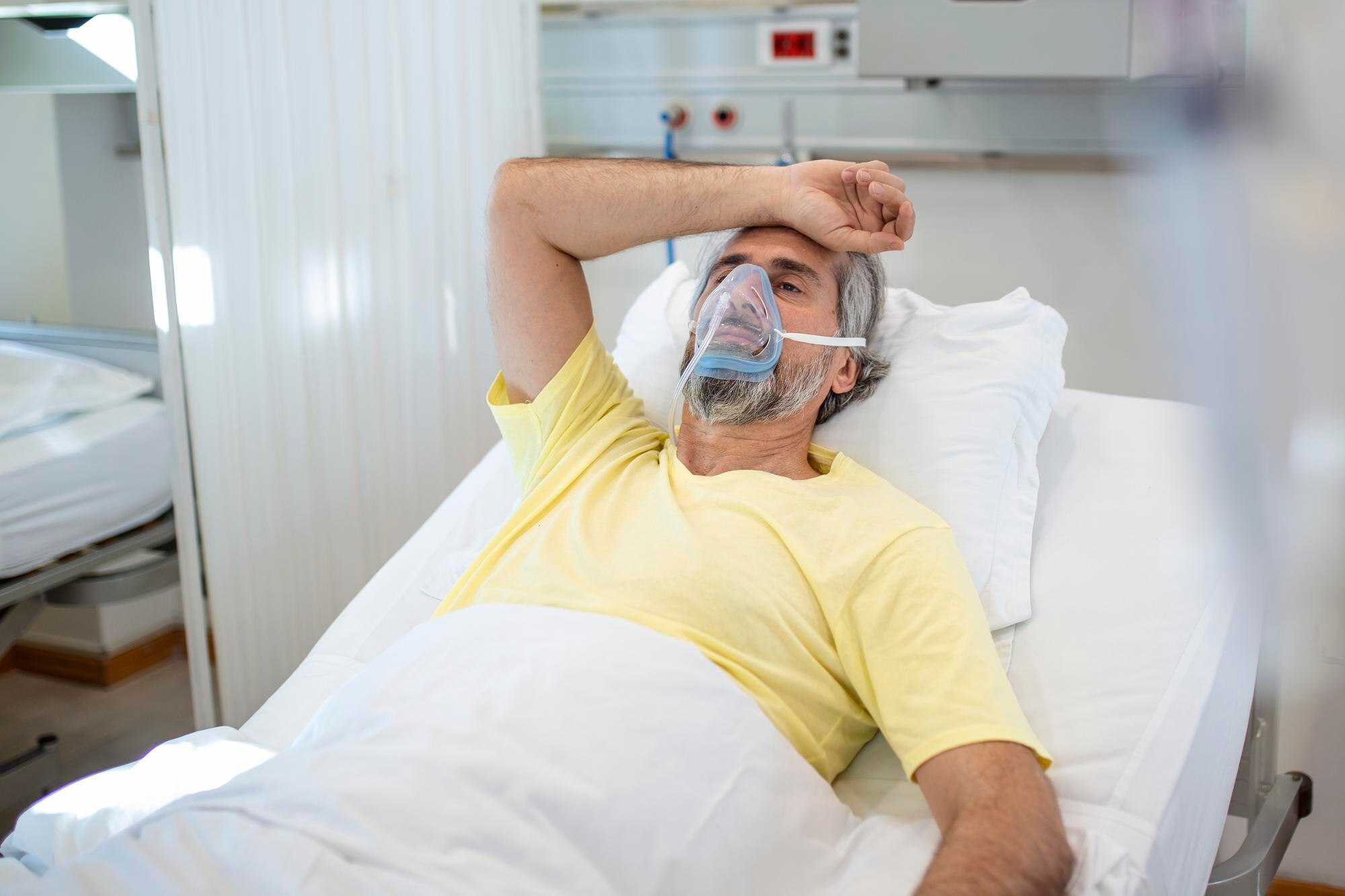For many individuals with chronic respiratory conditions, oxygen therapy is essential to maintaining good health and quality of life. When used during sleep, oxygen therapy can help prevent nighttime oxygen dips, which often cause sleep disruptions, fatigue, and health complications. In this guide, I’ll share practical tips for ensuring comfortable, restful sleep with oxygen therapy and offer insights into additional resources available to support home modifications, meal delivery, and transportation for patients and their families.
Why Oxygen Therapy at Night is Important
Oxygen therapy is commonly prescribed for individuals with chronic obstructive pulmonary disease (COPD), sleep apnea, pulmonary fibrosis, and other respiratory conditions. During sleep, breathing tends to become shallower, which can lead to reduced oxygen levels, especially for those with respiratory issues. Nighttime oxygen therapy can help:
- Prevent Hypoxemia: Low blood oxygen (hypoxemia) can be particularly dangerous at night, affecting the body’s ability to repair and regenerate.
- Improve Sleep Quality: With consistent oxygen levels, many people report better sleep quality, reduced awakenings, and more restful nights.
- Reduce Morning Fatigue: People who use oxygen therapy at night often experience less fatigue in the morning, contributing to a better overall quality of life.
Tips for Comfortable Sleep with Oxygen Therapy
Ensuring comfort is essential for successful nighttime oxygen therapy. Here’s a step-by-step guide to making this process as comfortable and seamless as possible:
1. Choosing the Right Oxygen Delivery System
Selecting an appropriate oxygen delivery device is key to both comfort and effectiveness.
- Nasal Cannulas: This is the most common type, providing low-flow oxygen directly through the nostrils. Look for lightweight, flexible cannulas designed for overnight use, which can reduce irritation and make it easier to move during sleep.
- Face Masks: For individuals who need a higher oxygen flow, face masks may be more appropriate. While bulkier than cannulas, they can deliver greater oxygen amounts for those with more severe needs.
- Continuous Positive Airway Pressure (CPAP): For those with both COPD and sleep apnea, a CPAP device may be required to maintain airway pressure alongside oxygen delivery. Some CPAP devices have integrated oxygen ports, allowing simultaneous oxygen and airway support.
2. Investing in Comfortable Accessories
Sleeping with an oxygen device may require some getting used to, but comfort-focused accessories can make a significant difference.
- Tubing Management Clips: These clips secure the tubing to your bedding or clothing, reducing movement and preventing accidental tangles or disconnections.
- Soft Cannula Cushions: Cushions are available to prevent skin irritation from nasal prongs, especially helpful for individuals with sensitive skin.
- Humidifiers: Oxygen can be very drying, so a humidifier attached to the oxygen concentrator can add moisture to the air, reducing nasal dryness and irritation.
3. Creating a Sleep-Friendly Environment
A comfortable, safe environment is crucial when using oxygen therapy at night.
- Positioning the Oxygen Concentrator: Place the oxygen concentrator in a well-ventilated space, at least a few feet from the bed. Concentrators can be somewhat noisy, so if possible, place it in a hallway or adjacent room, with tubing long enough to reach the bed.
- Maintaining a Cool, Dark Room: Cooler room temperatures are often conducive to better sleep. Consider blackout curtains, a fan, or a white noise machine to minimize distractions and improve sleep quality.
- Safety Measures: Because oxygen is flammable, avoid open flames in the room, such as candles or smoking. Secure all tubing to avoid tripping hazards.
4. Establishing a Bedtime Routine
Routine is essential for a restful night, especially when using medical equipment.
- Wind Down Before Bed: Engage in relaxing activities like reading or listening to soft music to signal to your body that it’s time for sleep. Avoid stimulants like caffeine or heavy meals in the evening.
- Check Your Equipment: Before bedtime, ensure your oxygen device is working correctly, the tubing is untangled, and the oxygen flow rate matches your prescribed level.
5. Addressing Dryness and Irritation
Oxygen therapy can sometimes cause dryness, especially in the nose and throat.
- Use Saline Nasal Spray: A gentle saline spray before bed can help keep nasal passages moist.
- Hydrate Regularly: Drinking enough water throughout the day can also alleviate dryness. Just be cautious with fluids in the evening to avoid frequent bathroom trips at night.
Supporting Resources for a Safe and Comfortable Home
In addition to oxygen therapy, many patients benefit from community resources that help ensure a safe, supportive home environment. Here are some valuable services that can make a difference:
1. Home Modifications Assistance
For individuals with mobility or respiratory issues, home safety and accessibility are top priorities. Community-based programs can assist with modifications such as installing handrails, ramps, and widened doorways.
- Medicaid Waivers: Many state Medicaid programs offer Home and Community-Based Services (HCBS) Waivers, which may cover the costs of essential home modifications.
- Area Agencies on Aging (AAA): These agencies offer local resources for home modifications and can connect families with grants or low-cost services.
- Veterans Affairs (VA): Veterans may be eligible for grants to support home modifications. Programs like the Specially Adapted Housing (SAH) and the Home Improvements and Structural Alterations (HISA) grants are specifically designed for accessibility upgrades.
2. Meal Delivery Services
Nutritious, regular meals can be a challenge for those managing chronic health conditions or limited mobility. Meal delivery services ensure that patients have access to balanced, prepared meals.
- Meals on Wheels: This national program delivers hot, nutritious meals to individuals with limited mobility or health issues. Meals on Wheels can reduce the need for cooking, making it easier to maintain a balanced diet.
- Community Programs: Many senior centers or local organizations also provide meal delivery services at low or no cost, based on income and need. Contact your local Area Agency on Aging to explore options.
3. Transportation Services
Ongoing care often requires regular medical appointments, but transportation can be a challenge. Accessible transportation options help ensure patients can attend appointments and maintain social connections.
- Paratransit Services: Many cities offer door-to-door paratransit services that accommodate wheelchairs and mobility aids, providing a safe and accessible way to travel to medical appointments.
- Volunteer Driver Programs: Local non-profits, churches, and senior centers may offer volunteer driver programs. These services are often low-cost or free and can provide much-needed transportation assistance for individuals with limited mobility.
Frequently Asked Questions
1. Do I need a prescription for oxygen therapy at night?
Yes, oxygen therapy is prescribed by a healthcare provider based on individual oxygen levels, usually determined through an overnight pulse oximetry test.
2. Can I travel with my oxygen concentrator?
Yes, portable oxygen concentrators are designed for travel. Check with your airline or transportation provider to ensure they accommodate oxygen devices.
3. What should I do if I experience nasal dryness with oxygen therapy?
Using a humidifier with the oxygen concentrator, applying saline nasal spray, and staying hydrated can help alleviate dryness.
4. How do I find local resources for home modifications?
Contact your local Area Agency on Aging or Medicaid office to inquire about home modification programs and resources.
5. Is oxygen therapy covered by Medicare?
Yes, Medicare typically covers oxygen therapy if it is medically necessary and prescribed by a physician.
6. How can I find transportation to my medical appointments?
Look into local paratransit services or volunteer driver programs, often available through senior centers or community organizations.
Conclusion: Supporting Restful, Healthier Nights
Oxygen therapy at night can transform quality of life, allowing individuals to sleep more soundly, wake up more refreshed, and protect their overall health. By following practical tips for comfortable nighttime oxygen use and exploring additional community resources, patients and caregivers can create a safer, healthier home environment that supports independence and well-being.






